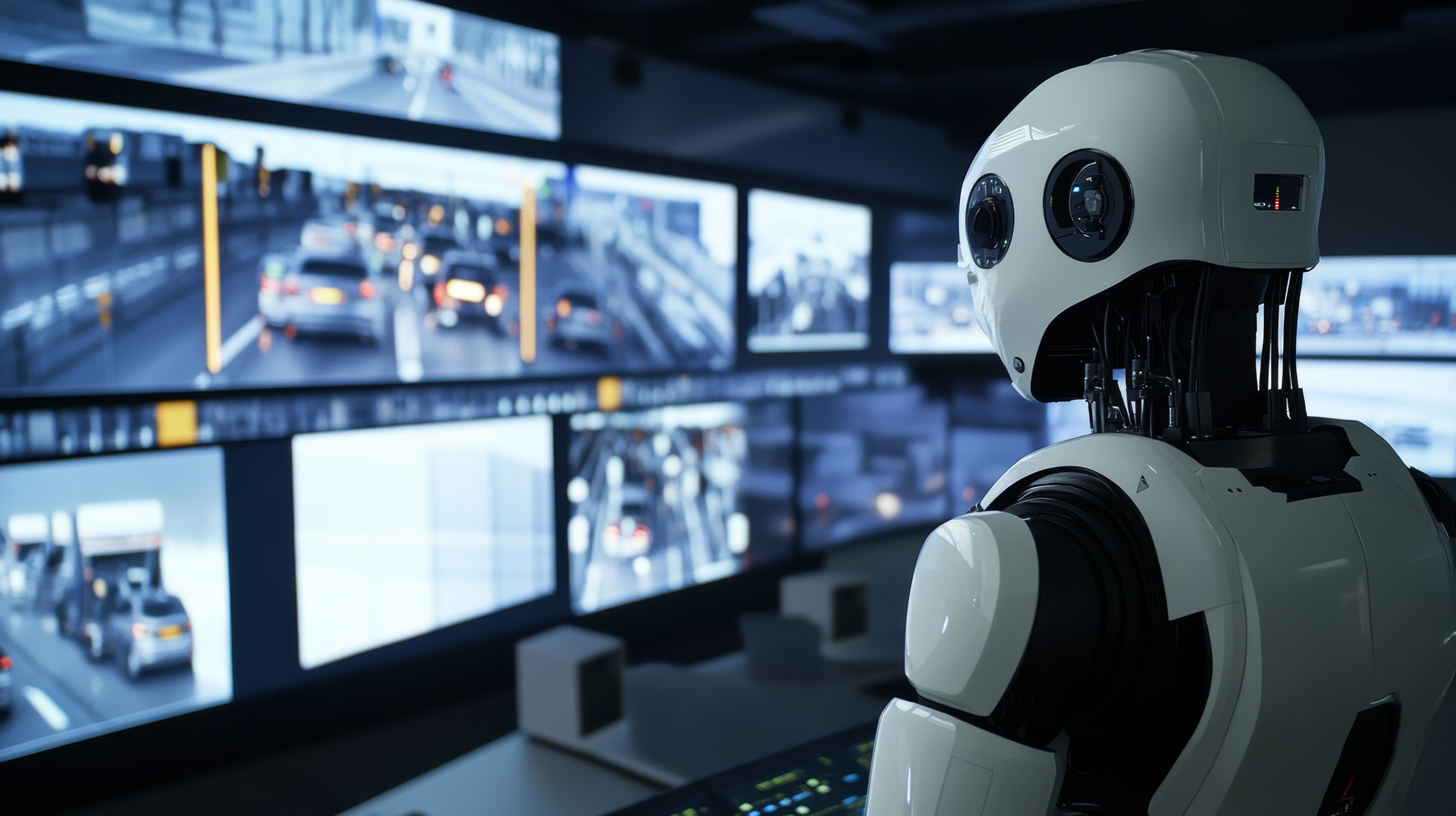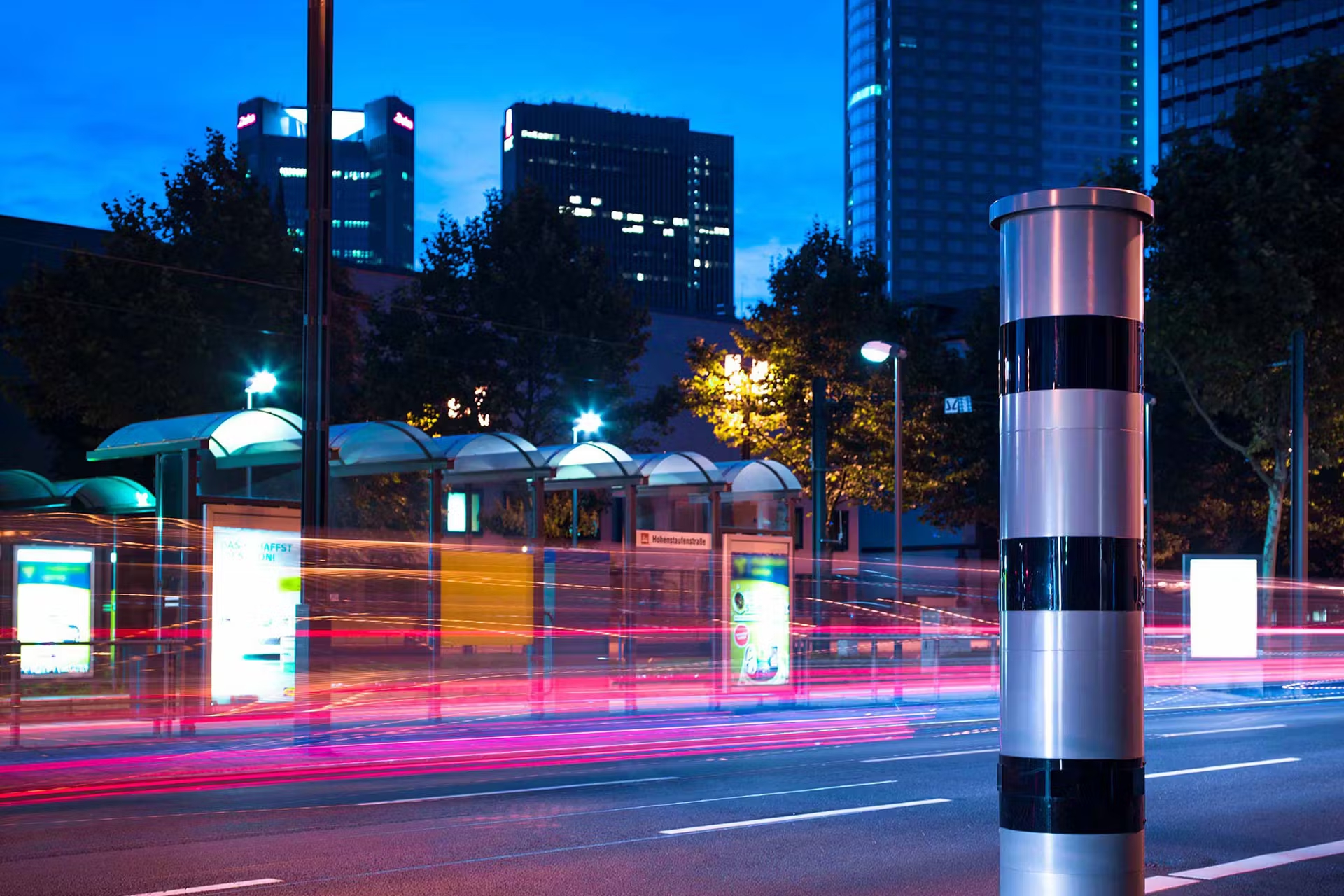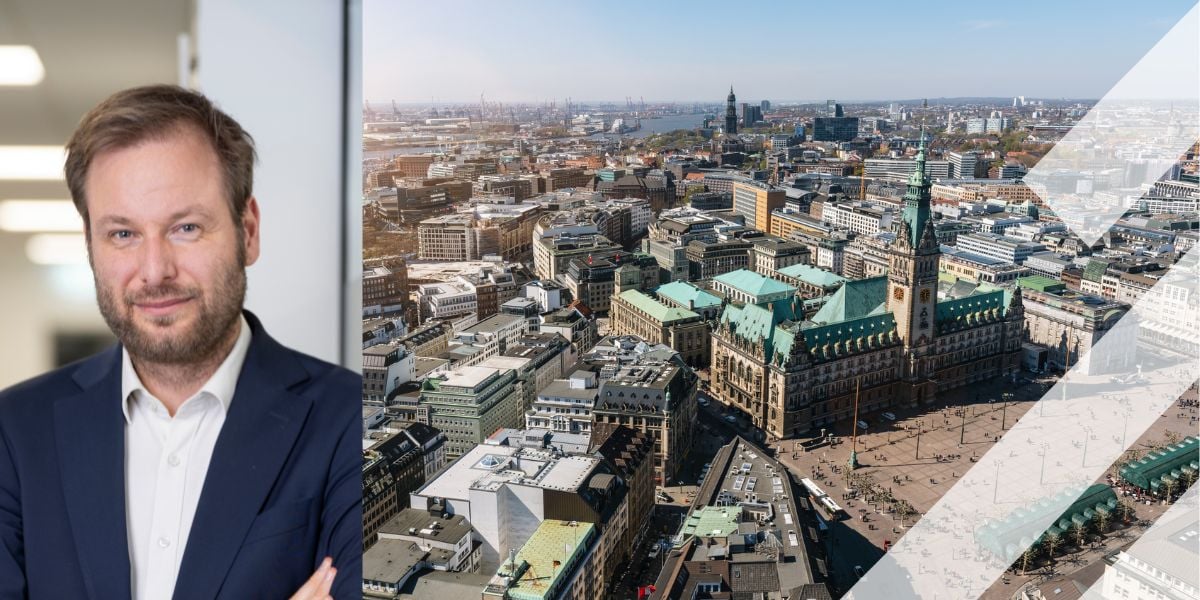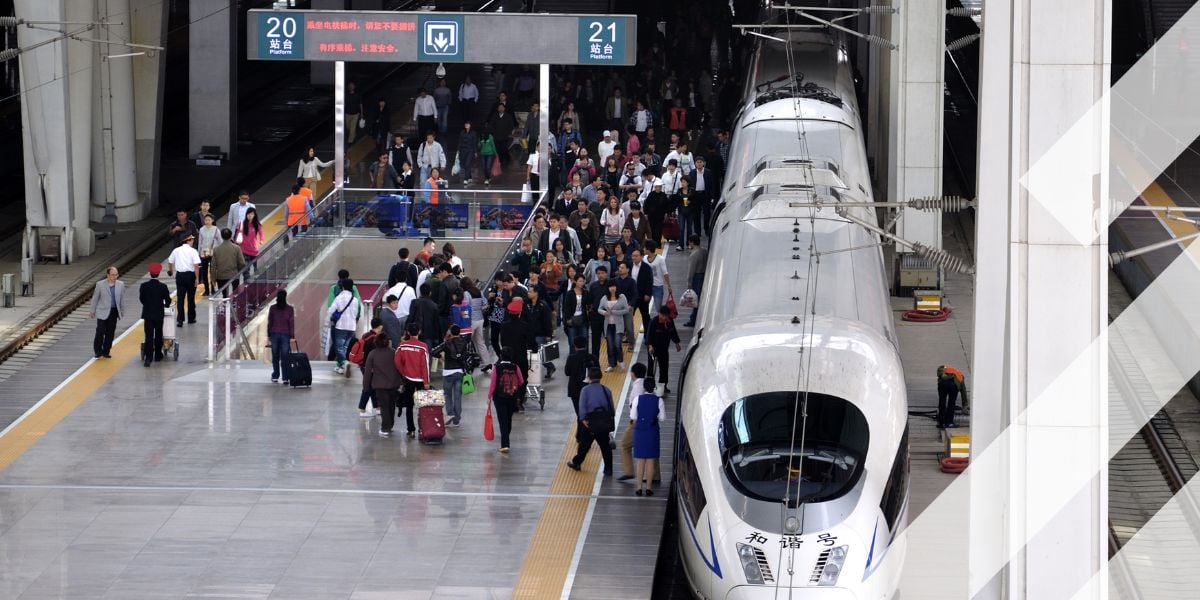Can AI fix traffic jams?
What should traffic managers do when then latest addition to their team isn’t a human but an artificially intelligent computer system? The answer, much as it always has, lies in oversight, guidance and ensuring tasks are well suited to skills.
Artificial intelligence has been assisting with traffic management for a few years now. Several years before the big buzz that came with the launch of large language models, traffic technology developers were harnessing the technology to spot traffic patterns, predict future pressure points and identify road users.
Now, as in so many areas of life, the use of AI is increasing, however, as the AI gold rush continues, experts urge caution in an over-reliance on systems that can often appear to be more intelligent than they really are. “AI will not be a panacea to immediately overcome all our issues,” says Alistair Gollop, founder of industry knowledge-exchange platform ITS Now.
At Highways UK in Birmingham, Gollop emphasized the need for AI to be used in an "educated and intelligent manner" in order to start achieving solutions for problematic areas, with the abundance of data being generated across the transportation network being both useful and challenging.
"We have more data today than we've ever had, and we have data about data and data from devices, and more data about data, and it's overwhelming," says Christopher Kettell, chief technologist at TRL. "And that isn’t something that’s unique to transportation."
AI can be extremely helpful in sifting through these large amounts of data and making sense of it – differentiating trends from outliers – but Kettell still advocates human oversight: “It's important that your domain expertise comes in with data,” he says, emphasizing the importance of not just blindly trusting AI, but rather building confidence. "Trust is such a human word. I trust my colleagues. But is trust the right word with AI? Actually, I think what we should be talking about confidence in an AI, however that manifests."
"Trust is such a human word. I trust my colleagues. But is trust the right word with AI? Actually, I think what we should be talking about confidence in an AI”. Christopher Kettell, chief technologist, TRL
This sentiment is echoed by Anna Jordan, CEO of Alchera Technologies, who says "AI is a tool that assist with bringing rational thought to the surface. Large language models (LLMs) enhanced with retrieval, augmented generation (RAG) modelling, give foundational building blocks that can start to support better decision making."
Jordan has an example of the use of AI to support decision making on the M25 motorway: "We've been using predictive analytics to understand flow rates of vehicles on the motorway. The purpose being, when you want to go out and do works on the road, you need to be below a certain threshold of flow rate for safety and practical implement implications."
By using AI to predict when traffic will drop below the required threshold, Jordan's team was able to condense a 10-night project into just five nights, resulting in "significant cost savings and reduced risk exposure for workers."
Speaking at the ITS World Congress 2024 in Dubai, Shailen Bhatt of AtkinsRéalis, the former FHWA Administrator, was also optimistic about the potential for AI to assist with improving safety: “I am a firm believer that within our lifetime, we can use technology and artificial intelligence as key tools to achieve our objective: Goal Zero – zero injuries and fatalities worldwide,”.
Predictive maintenance
AI can also help with predictions for asset management, helping to show where infrastructure may be close to failure, before it does, by sifting through data more quickly than humans can. "If we have the data, we can use AI to enhance understanding and therefore to have more confidence in the data,” says Mehran Eskandari Torbaghan, lecturer in Infrastructure Asset Management at the University of Birmingham. “Machine learning will tell you yes, there is a possibility of having a crack in there, but then we need to try to understand why that is happening, because the direct or historical data might not be enough to give you a meaningful result. If we have enough data we might be able to spot trends in certain sorts of materials.”
“Machine learning will tell you yes, there is a possibility of having a crack in there, but then we need to try to understand why that is happening”. Mehran Eskandari Torbaghan, lecturer in Infrastructure Asset Management, University of Birmingham.
The ways in which data can be enriched are growing too, with camera images from connected cars or even mobile phones potentially useful in understanding asset deterioration.
By harnessing this wealth of data, Torbaghan believes AI can help infrastructure operators better understand the root causes of issues and proactively address them. “Then we can go and invest our money in the right place,” she says. “Perhaps the drainage system is inappropriate or is badly designed, or the climate is changing giving more severe rainfall events – in that way you can identify the cause of the defect."
“With digital tools, we can model flood risks and improve evacuation routes, enhancing safety in urban areas during hurricanes and other emergencies,” adds Bhatt. “We are dealing with an infrastructure system primarily designed in the 20th century, facing the challenges of the 21st century climate. The reality of climate change requires us to rethink our infrastructure strategies and invest in smarter, more adaptive systems.”
Enforcement enhancement
Joanna White, research, development and innovation director at England’s National Highways, emphasises the importance of demonstrating to both the public and policymakers how and why AI is being used, in order to demystify it and highlight the benefits.
"Why are we using AI? What benefit is it giving us? What benefit is it giving citizens? How is it helping economic growth?” she asks. “I think being able to demonstrate those things and using AI in the right situations for the right outcomes helps to support government ambitions.”
White points to a current National Highways project using AI to detect mobile phone use and those flouting seat-belt laws behind the wheel, citing it as easy-to-understand use of the technology, and a good example of how AI can assist, but not replace human experts. "While AI is really powerful at detecting those initial images of potential. We still need a human to make sure that the information is correct,” she says.
The importance of transparency and accountability in these AI systems is paramount. “An explainable AI is such an important thing, and it's still really in its infancy, but it's so critical,” says Kettell. “It's about accountability, insight and understanding. If you don't have those, you don't have confidence."
Planning for the future
Active involvement from transportation authorities remains crucial. Jordan sees a risk in infrastructure owner-operators becoming more distanced from traffic management as AI systems become more advanced: “With the advent of autonomous vehicles and with Google and Waze routing people left, right and centre without authorities knowing, there's a real necessity to have more agency understanding your network."
For public transit networks, Jordan also sees significant potential for AI to help optimize routes and schedules. "We’ve got a product called Alchera Bus, which can rank where are the worst junctions on your network very quickly, by time lost in traffic and therefore economic cost."
By harnessing the power of AI while prioritizing ethical and responsible deployment, the transportation industry is poised to unlock a new era of efficiency, safety, and sustainability on our roads. Gossop concludes: "By leveraging AI, we can look to tackle issues of skill shortages, improve safety and efficiency, provide environmental and financial benefits, and to make the transition to using other emerging technologies easier to integrate."
“I have never been somebody who says let’s use technology for the sake of technology,” says Bhatt. “No, let’s use technology as a tool to achieve better for humanity – especially the idea that we can use AI to reduce emissions from our transportation system. That means making our communities more livable, because too many of them are becoming victims of choices we’ve made in the past.”
A longer version of this article will appear in Intertraffic World 2025





